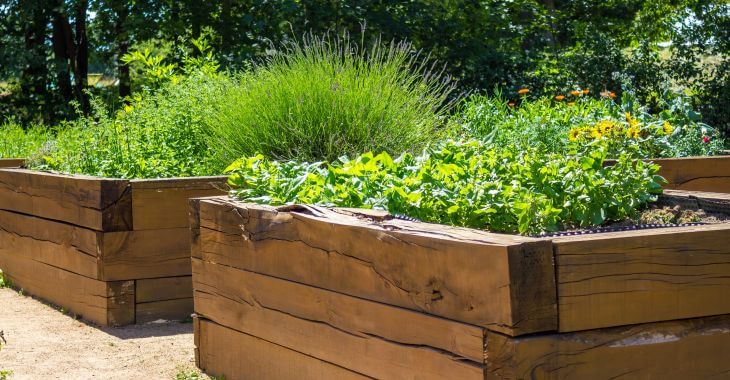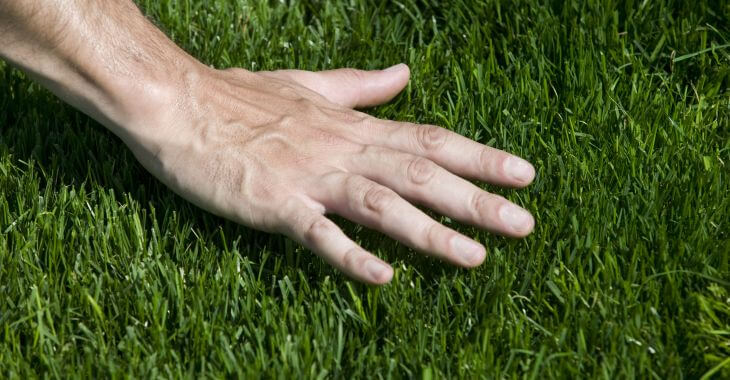Best Wood for Raised Garden Beds

Creating a raised garden bed is one of the easiest ways to enhance your backyard garden. Whether you’re growing vegetables, herbs, or flowers, choosing the right material is crucial. The best wood for raised garden beds ensures your structure lasts while keeping your soil safe for plants.
Why Wood Matters in Raised Garden Beds
Not all wood is equal when it comes to gardening. The best wood for raised garden beds should be durable, rot-resistant, and safe for growing edibles. Some woods contain chemicals or may decompose quickly, affecting the health of your garden.
If you are planting vegetables or other edible crops, finding the best wood for raised garden beds organic is key. Organic gardening requires materials free from chemicals that can leach into the soil and harm plants or people consuming the harvest.
Best Types of Wood for Raised Garden Beds
Several wood types work well, but some are better than others. Here’s a breakdown of the most popular choices:
1. Cedar
Cedar is often considered the best wood for raised garden beds. It’s naturally rot-resistant and can last up to 10-15 years, in most conditions. Cedar contains natural oils that prevent decay and repel insects, making it ideal for organic gardens. It is typically more expensive, but it has a long life.
2. Redwood
Redwood is another excellent choice. It’s naturally resistant to rot and insects, and its rich color adds beauty to your garden space. Redwood can last around 10-20 years and is a top option if you’re looking for the best wood for raised garden beds (organic). However, like cedar, it comes at a premium price.
3. Douglas Fir
If you’re working on a budget, Douglas fir is a more affordable option. It’s not as rot-resistant as cedar or redwood but can last 5-7 years with proper care. To extend its life, you can apply natural, non-toxic sealers that won’t compromise your organic garden.
4. Black Locust
Black locust is incredibly durable and often cited as one of the best woods for raised garden beds. It’s naturally rot-resistant and can last over 20 years without chemicals. However, black locust can be hard to find and difficult to work with due to its density.
5. Pine
Pine is widely available and cost-effective. However, untreated pine decomposes faster than other options. It may last 3-5 years, making it a short-term solution. If you choose pine, ensure it’s untreated and consider using it for a temporary bed.
Factors to Consider When Choosing the Best Wood
When selecting the best wood for raised garden beds, keep these factors in mind:
- Longevity: Cedar, redwood, and black locust last longer than pine or Douglas fir.
- Resistance to rot and insects: Choose wood that naturally resists decay.
- Safety for edibles: Use untreated wood or wood treated with non-toxic products for organic gardening.
- Cost and availability: Balance your budget with the lifespan and quality of the wood.
If you are focused on organic gardening, always prioritize materials that align with organic standards. The best wood for raised organic garden beds will not only support healthy plant growth but also keep your garden chemical-free.
Wood Treatments and Safety Concerns
Treated lumber is often used in outdoor projects, but it’s generally not recommended for raised beds where you’ll grow food. Pressure-treated wood contains chemicals like arsenic or copper compounds, which can leach into the soil.
For organic gardens, untreated wood is the best option. If you want to protect the wood and increase its life, consider using natural oils like linseed oil or applying a non-toxic sealant specifically designed for garden use.
You can also add a plastic liner inside your garden bed to prevent direct contact between the soil and the wood. Just make sure the liner is BPA-free and safe for organic gardening.
Tips for Building and Maintaining Raised Garden Beds
Building your garden with the best wood for raised garden beds ensures your efforts last for years. Investing in quality materials now means fewer repairs and healthier plants down the line. Follow these tips for building and maintaining your raised garden:
- Use thick boards (at least 2 inches thick) to increase durability.
- Elevate the bed slightly off the ground or add a layer of gravel underneath for drainage.
- Reapply natural sealants every couple of years to extend wood life.
- Check for signs of rot annually and replace boards when necessary.

Choosing the best wood for raised garden beds can make or break your garden project. Cedar and redwood remain top choices due to their durability and natural resistance to pests and rot. For those focused on organic gardening, untreated, sustainably sourced wood is essential.
Whether you opt for cedar, redwood, black locust, or another option, the right wood will support a thriving, productive garden that is healthy and organic.


